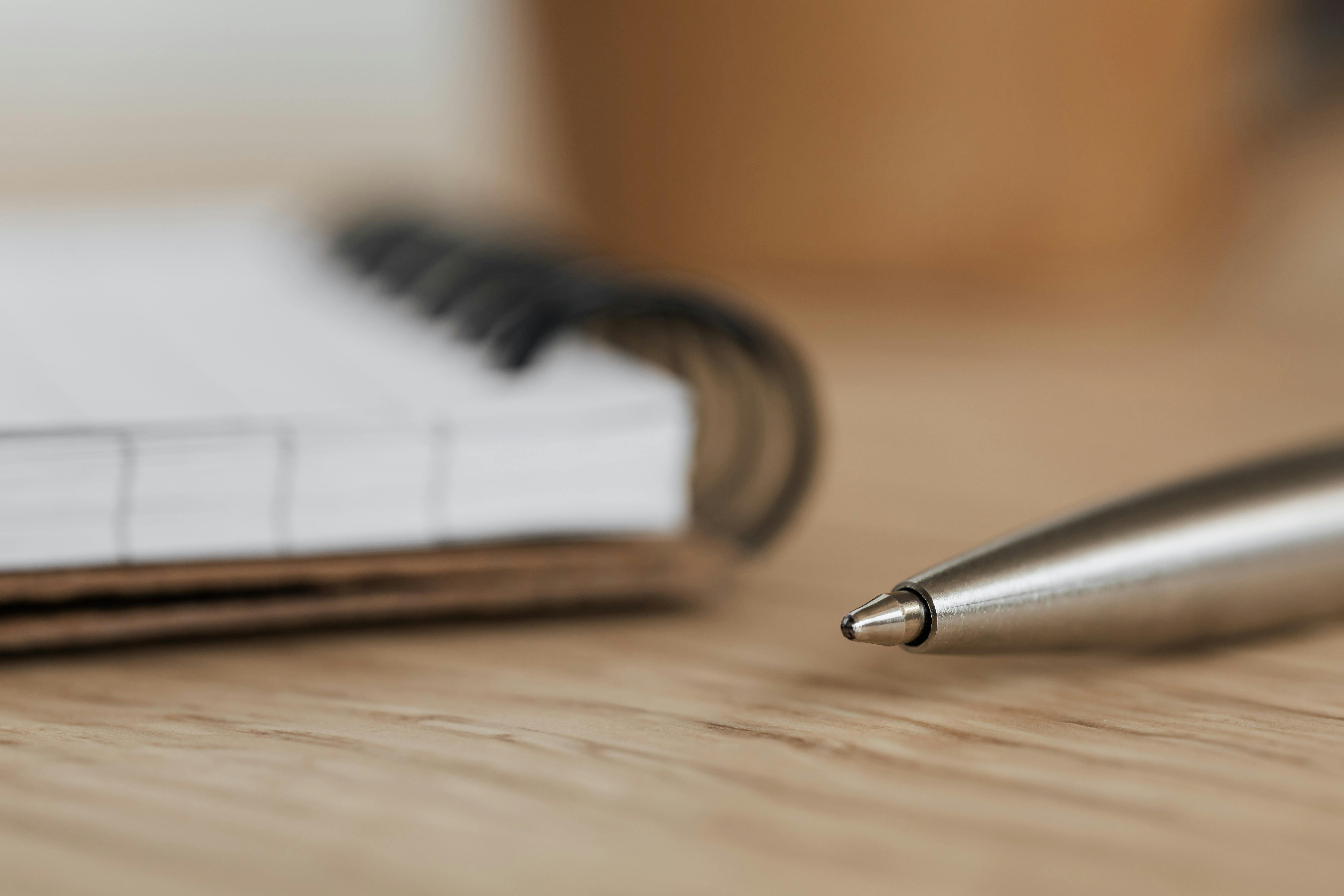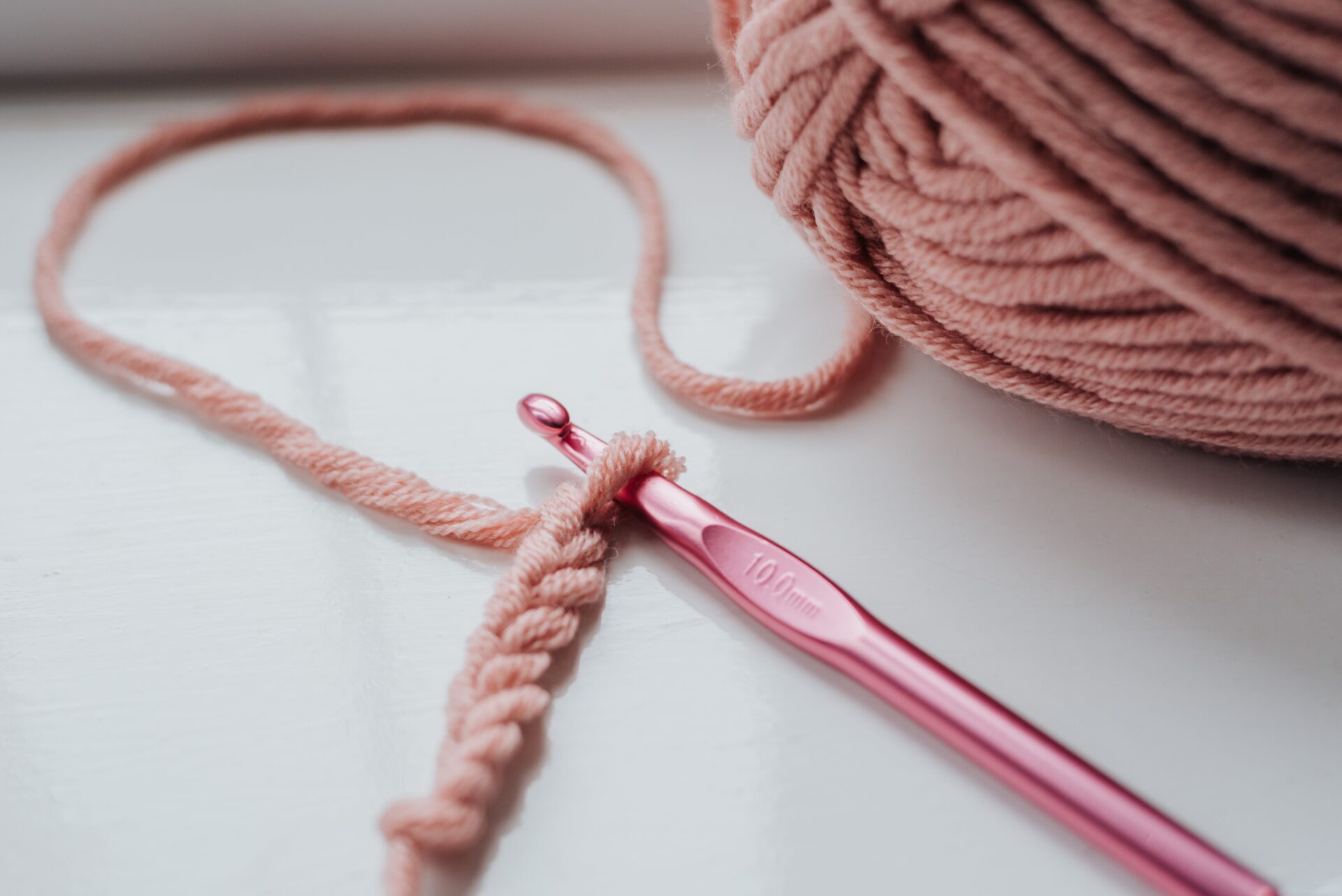If you have ever opened your dryer to find all of your sheets and other fabrics in a tangled, balled-up mess, you know how frustrating it can be. Not only is it time consuming to untangle the mess and rewash the items, but it can also be damaging to your fabrics. Fortunately, there are several ways you can prevent sheets from balling up in the dryer. In this article we will discuss some simple tips on how to stop sheets from balling up in the dryer.To prevent sheets from balling up in the dryer, make sure to separate them into smaller loads and use a low heat setting. Also, ensure that the dryer is not overloaded and add a couple of tennis balls or a dryer ball to the load to help reduce friction between the fabric. Finally, take the sheets out of the dryer as soon as they are done drying and fold them immediately.
Sheets Ball Up in the Dryer
There are several reasons why sheets may ball up in the dryer. The most common cause is overloading the dryer, causing sheets to become tangled and knotted. Overloading can also cause items to move around too much in the dryer, resulting in items becoming intertwined and eventually balling up. Another potential cause is low heat settings, which can cause sheets to take longer to dry and become tangled together. Additionally, static electricity can also be a factor, as it can cause sheets to cling together and form balls. Lastly, using fabric softener or dryer sheets can contribute to the problem as well, as these products create a coating on fabrics that prevents them from separating while tumbling in the dryer.
In order to avoid this problem, it is important to make sure you are not overloading the dryer and are using the appropriate heat setting for your fabrics. Additionally, using natural fabric softeners like white vinegar or baking soda can help reduce static electricity buildup without causing sheets to cling together while tumbling. Lastly, make sure you are regularly cleaning out your lint trap and other areas of your dryer where lint and debris can accumulate and contribute to sheet balling up in the dryer.
Tips to Prevent Sheets Balling Up in Dryer
The dreaded laundry time chore of dealing with sheets that have balled up in the dryer is something that many people dread. Fortunately, there are some tips and tricks that can help prevent sheets from balling up in the dryer.
One of the most important things to do is make sure you are using the right settings on your dryer. Many people unknowingly use a setting that is too hot, which can cause sheets to become tangled and balled up. To avoid this, try using a lower heat setting or an automatic cycle.
Another way to prevent sheet balling is to separate them before putting them into the dryer. If possible, separate them by color or fabric type and then place each set of sheets into its own pillowcase before putting it into the dryer. This will help keep them from becoming tangled together as they are drying.
If your sheets still end up balling up in the dryer, you can try taking them out after they are partially dried and then shaking them out before returning them back to the dryer. Doing this can help loosen any tangles that have formed during the drying process and help keep them from becoming too tightly wound together as they finish drying.
Finally, adding a few towels or other items to your load of sheets can also help keep them from balling up in the dryer. The additional weight will help keep everything moving around more evenly and reduce tangling as it dries.
By following these simple tips and tricks, you should be able to prevent sheets from balling up in your dryer so you can enjoy those freshly laundered linens with ease!
Solutions for Balled-up Sheets in the Dryer
One of the most common problems faced when drying sheets is that they can easily become balled up in the dryer. This can be especially problematic when trying to fold them after they have dried. Fortunately, there are some simple solutions that can help prevent this from happening.
The first solution is to ensure that the sheets are separated before being placed in the dryer. This means taking extra time to separate out individual sheets and making sure that each sheet is spread out before being placed in the dryer. Doing this will help ensure that the sheets do not become tangled together while drying.
Another solution is to reduce the amount of heat used when drying sheets. Lower temperatures will help keep the sheets from becoming too hot and causing them to ball up in the dryer. If possible, try using a setting on your dryer that uses lower temperatures or a shorter cycle time for more delicate fabrics like cotton and linen.
Finally, if you have already experienced balling up with your sheets, there is one other solution you can try: add a few tennis balls to your load of laundry when you put it in the dryer. The tennis balls will help break up any clumps of fabric as it tumbles around in the dryer, helping to prevent further balling up of your sheets.
What Causes Sheets to Ball Up in the Dryer?
One of the most common issues when it comes to laundry is sheets that ball up in the dryer. This issue can be caused by a variety of factors, such as incorrect washing and drying settings, fabric type, overloading the machine, or even static electricity. Understanding what can cause this problem can help you prevent it from happening in the future.
Incorrect Washing and Drying Settings
When washing sheets, it is important to use the correct settings on your washing machine. Generally speaking, sheets should be washed on a gentle cycle with cold water. Hot water can cause sheets to shrink over time which can lead to them balling up in the dryer. Additionally, when drying your sheets make sure you use a low heat setting and do not overload your machine as this could also contribute to them becoming tangled together.
Fabric Type
The type of fabric used for your sheets will also affect how likely they are to ball up in the dryer. Sheets made from natural fabrics such as cotton and linen tend to tangle more easily than those made from synthetic materials like polyester or rayon. This is because natural fabrics have a greater tendency to hold onto static electricity which can cause them to cling together during the drying process.
Overloading The Machine
Another common cause of sheet tangling is overloading the washing or drying machine. When too many items are placed in either machine at once, they often become entangled together due to their weight and movement during the cycle. To prevent this from happening it is important to adhere to the manufacturer’s recommended load size for both machines and only add enough items so that they have enough room to move freely without getting tangled up with each other.
Static Electricity
Static electricity is another factor that can lead to sheet tangling during drying cycles. This occurs when two different types of fabrics rub against each other in the dryer creating an electric charge that causes them stick together as they tumble around inside the machine. To reduce static build-up try adding a few drops of fabric softener or vinegar during washing cycles or using an anti-static dryer sheet while drying your sheets.
In conclusion, there are several possible causes for sheet tangling in the dryer including incorrect washing and drying settings, fabric type, overloading the machine, or static electricity build-up. Taking steps such as using a gentle cycle with cold water for washing and low heat setting for drying along with adhering recommended load sizes for both machines will help prevent this issue from occurring in future laundry cycles.

Manage Moisture Content
Managing the moisture content of your material is the most important factor in reducing sheet balling in dryers. Properly controlling the feed rate and air temperature will help maintain a consistent moisture content throughout the drying process. In addition, it is important to monitor for any changes in the material’s characteristics, as this can also affect the moisture content. Finally, checking for any accumulation of fines in the air flow or on the dryer’s surface can help prevent unwanted deposits from forming.
Optimize Dryer Design
Optimizing your dryer design can also help reduce sheet balling. For example, using a smooth interior surface and avoiding sharp edges can minimize friction between sheets and reduce sticking. Additionally, ensuring that there is adequate clearance between sheets and air ducts can ensure that sheets are evenly dried and minimize sticking. Finally, incorporating baffles into the design can increase turbulence within the dryer chamber and break up any sheet clumps that may form.
Incorporate Additives
Incorporating additives into your material prior to drying can also be an effective way to reduce sheet balling. For example, by adding lubricants or surfactants to your material you can reduce friction between sheets as they move through the dryer. Additionally, using hydrophobic coatings on sheets prior to drying can increase their hydrophobicity, thus making them less likely to stick together in high-moisture environments.
Monitor Dryer Performance
Monitoring your dryer performance is also key to reducing sheet balling. Regularly checking for signs of wear or damage on interior surfaces or air ducts can help identify any potential causes of sticking before it becomes an issue. Additionally, keeping records of production rates and energy consumption will help you identify any areas where improvements could be made to optimize efficiency.
By following these best practices you should be able to reduce sheet balling in your dryers and improve overall efficiency. Remember that proper maintenance and monitoring are essential for achieving optimal performance from your equipment.
Keeping Sheets from Clumping Together in the Dryer
Using the dryer is a convenient way to dry sheets and other laundry items. However, it is common for sheets to clump together in the dryer, creating a lumpy bundle that is difficult to fold and put away. To prevent sheets from clumping together in the dryer, there are a few simple techniques that can be employed.
First, separate the sheets before putting them in the dryer. While this may seem like an obvious task, it can get overlooked when dealing with several pieces of laundry at once. Separating out the sheet and pillowcases into individual piles will help ensure that they do not end up clumped together after drying.
Second, use a dryer ball or a couple of tennis balls when drying sheets. The movement of these items helps to keep fabric separated as it tumbles around inside the drum of the machine. This ensures that all parts of each sheet have access to hot air and can be dried evenly without becoming stuck together.
Thirdly, add a few pieces of foam rubber or plastic mesh bags filled with uncooked rice to the load while drying sheets. This will help to keep them from clinging together by providing enough cushioning between each piece during rotation in the machine.
Lastly, consider using fabric softener when laundering sheets and other items of clothing. Fabric softener is designed to reduce static cling between fabrics so they will not stick together when placed in the dryer or folded for storage after drying. Adding fabric softener could also help reduce wrinkles so your sheets look more presentable after being laundered and dried in your home appliance.
By following these simple steps you can help make sure that your sheets stay separate while drying in your home appliance and remain presentable for use afterward without having to iron them first!
Strategies to Avoid Sheet Clumping and Tangling in the Dryer
Laundry day can be a hassle, especially when dealing with bedsheets getting tangled and clumped up in the dryer. Fortunately, there are some simple strategies you can use to help avoid this frustration.
One of the best ways to reduce sheet tangling is to separate them into smaller loads. This lets them dry more evenly as they won’t get as stuck together. Additionally, using dryer balls or even tennis balls can help soften fabrics and prevent sheets from sticking together.
Another key solution for avoiding clumping is to use a shorter drying time. This will reduce the amount of static electricity created during drying that can cause sheets to stick together. It’s also important to clean out the dryer lint trap after each use, as this can help improve airflow and reduce static electricity buildup.
If you have sheets that are prone to getting tangled in the dryer, you may want to consider using fabric softeners and dryer sheets. These can help reduce static cling and make it easier for sheets to move around freely in the dryer without sticking together. They also add a pleasant scent to laundry!
Finally, be sure not to overload your dryer with too many sheets at once. This won’t allow them enough room to move around freely and will make them much more likely to get tangled up in each other. It’s best practice when drying any kind of laundry item, but especially important for bedsheets!
Overall, these strategies should help ensure that your bedsheets don’t get all twisted up in your laundry routine. By following these tips, you’ll be able to enjoy clean and fresh-smelling sheets without any hassle!

Conclusion
The best way to keep sheets from balling up in the dryer is to separate them into smaller loads, use low heat settings, and add tennis balls or dryer balls to break up the sheets. It’s also recommended to remove the sheets before they are completely dry and hang them up or fold them on a flat surface. Taking these steps can ensure that your sheets remain smooth and wrinkle-free for many years.
Finally, if you notice that your sheets are still balling up in the dryer, it could be caused by other factors that may need further investigation. It’s best to contact a professional if you have any doubts or concerns about this issue.




